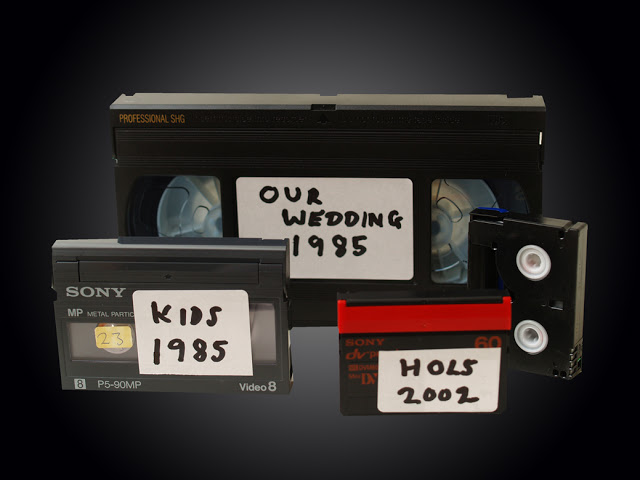In search for future technologies that can enable companies to achieve efficiency and cost effectiveness for business? Well, the 36th Gulf Information Technology Exhibition (Gitex) provided just that.
This 5 day event opened its doors from Sunday 16th October, 2016. It was the largest ICT exhibition in the Middle East, Africa and South Asia, that took place at Dubai world trade centre. The event was inaugurated by Shaikh Hamdan Bin Mohammad Bin Rashid Al Maktoum, Crown Prince of Dubai and Chairman of the Dubai Executive Council.

So, what was the Gitex technology exhibition all about? This event showed live demonstrations of future generation technology solutions from various government and international companies that can transform Middle East businesses. Key industry verticals of marketing, healthcare, finance, intelligent cities, retail, education and energy were discussed by industry leaders.
Over 200 investors and influential tech investment companies from Silicon Valley, Europe, Asia and the Middle East, including SoftBank Group International, 500 Startups, and many other venture partners arrived in Dubai to explore, evaluate and potentially fund start up businesses with talent. These ventures also included globally giant investors like Facebook, Dropbox and Spotify.
Key highlights included a large indoor VR activation powered by Samsung logo, Game-changing tech from 4,000 solution providers including AR, VR, AI, Wearables, Drones and more. GITEX Startup Movement examined the global startup movement featuring 350+ breakthrough startups from 52 countries. Customized networking programmes were also on offer for startups to discover how global contemporaries have been there, done that and created an impact.
In today’s era of technology, there is an ever increasing need for entrepreneurs to harness technologies that can enable companies to achieve efficiency and cost effectiveness. FTI has always believed that a strong culture of innovation, in all areas of the company, is an essential contributor to business success. FTI prioritize R&D and technology over cost, as we firmly believe that these functions are critical to ensure our products represent the best quality within the optical media industry.
In line with new innovation for business and services Dubai’s Roads and Transport Authority (RTA) showcased a smart streetlight system at GITEX 2016. According to Eng Maitha bin Adai, CEO of RTA’s traffic and roads agency, there are three systems showcased at Gitex this year and this combination of systems will help sustain green economy requirements by reducing carbon emissions. These systems include the Central Wireless Road Lighting Control System that sets multiple synchronized timetables for dimming streetlights. “A new feature in the smart lighting system is a tentative WiFi service installed in Dubai Water Canal at Sheikh Zayed Road.

RTA also displayed high-definition pedestrian detection camera systems with a twist. These new generation cameras produce pedestrian statistics in terms of number, sex, and age group.
Dubai Customs‘ Smart Virtual Agent initiative was also showcased at GITEX 2016. This venture represents a smart channel for communication with customers, which allows their queries about customs services, procedures and regulations to be answered more efficiently. Without the need for any physical employee the Smart Virtual Agent is an intelligent tool which operates 24/7. This cost effective measure helps efficiently redirect resources to other duties by reducing support cost. The self-improving platform utilizes Dubai Customs’ database and memory of similar cases to answer customer inquiries.
Many GITEX visitors had the opportunity to try out the Smart Inspection Glasses on display at the Dubai Customs stand. These tech heavy glasses facilitate containers’ field inspection, as customs inspectors can browse the customs declaration and x-ray images of the shipment simultaneously as well as its risk level. Inspectors can submit inspection reports using either the virtual keyboard or voice input feature.

Furthermore Dubai Customs showcased 8 happiness-led initiatives and innovations under the umbrella of Ports, Customs and Free Zone Corporation pavilion. Other innovations included the Authorized Economic Operator, Smart Inspection Lab, Smart Customs Route, Bags Smart Customs Inspection System and the Endangered Species Exhibition.
Five seminal trends have caught the eye at this Gitex event namely; Robotics and artificial intelligence (AI), Biometrics, 3-D Printing, Mixed reality and drones. With artificial intelligence on the rise and the need for huge amounts of data to be stored, the progression and development of cloud storage is on the horizon. Cloud storage is a cloud computing model in which data is stored remotely on servers accessed from the World Wide Web, or “cloud.” Storage servers are built on virtualization techniques all maintained, managed, and backed-up online.
The technology world is increasingly realizing that Optical Digital Media is a safer way to store data compared to cloud technology solutions – this is evidenced by multiple data breaches where personal photographs and other information has been hacked and distributed to the public, and by the fact that Facebook has publicly stated that they have chosen to store their data with Optical Digital Media rather than cloud.
Falcon Technologies International (FTI) leads the way with regard to Optical Digital Media security and memory technology, and is conducting potentially ground-breaking research in this field with academic partners.




































